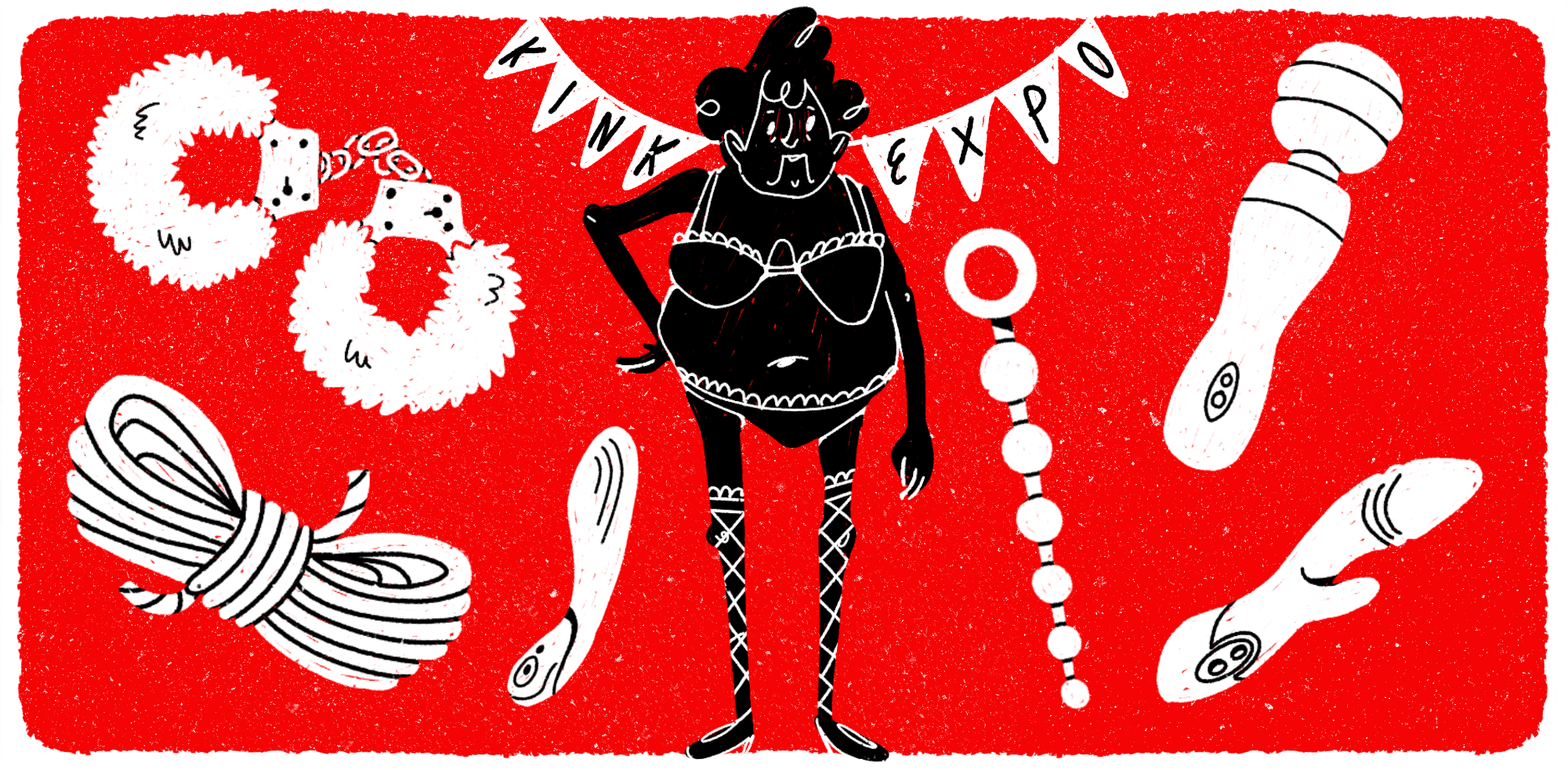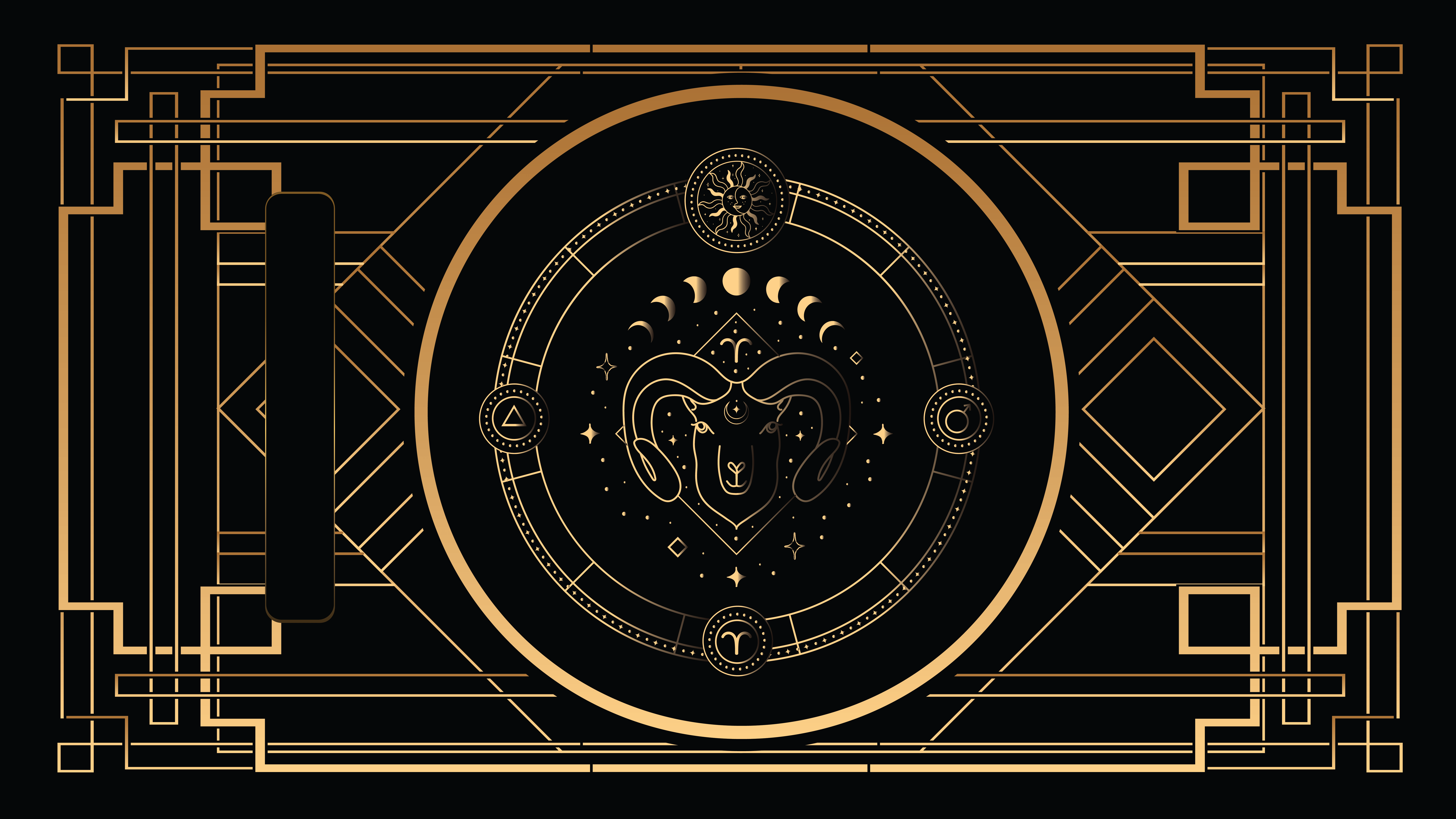
Open Forum
The Survey of Art History
The December 2007 issue of F Newsmagazine featured an opinion piece on SAIC’s Survey of Art History (ARTHI 1001), “Wake me when it’s over: What’s the matter with the Survey of Ancient to Modern Art & Architecture?”
The article produced mixed responses, and a great desire among the SAIC community to discuss the issues surrounding the course. In December F Newsmagazine sent out an open call to SAIC students, faculty and staff, encouraging submissions related to the article and the Survey course itself. The following is a selection of submitted letters.
Danielle Albert
Film, video and animation student
I had very little knowledge of art before I came to SAIC other than that I wanted to spend my life doing it. I actually found the Survey to be rather helpful in filling me in on the artists that have created the masterpieces that shape the art world today. I went to every single one of the lectures because I wanted to learn the history of my future. I went not to please the teacher, to not get a passing credit, but so I could motivate myself to learn information that I would have never known about in detail. Yeah, the lectures are brutal and long but the information from them is so vital to our understanding of SAIC, let alone art in general. I do not think this class should be removed, ever. It is hard to teach thousands of years worth of art in only a year’s time, but at least we artists get a tidbit of where “our world” came from.
Antje Gamble
Second-year graduate student, Art History, Theory and Criticism
Co-teacher, ARTHI 1001 Spring 2008
As a teaching assistant (T.A.) for the past two semesters and now preparing to co-teach ARTHI 1001 this spring, I was very concerned with both the tone and content of the article in F Newsmagazine by Jesse Stein. It was apparent to me that the article was under-researched. Written in an opaque manner, it also read as a universal opinion among the teaching assistants. In my opinion, the article sidelined real and important issues about the course’s purpose at SAIC and the way its instructors are compensated for their work; opting instead for a personal attack. By doing this, the article undermined the authority of the lecturer, the teaching assistants, and most importantly it compromised the integrity of the art history department.
Since I will be co-teaching one of the spring-term’s surveys, I would also like to comment on the ways we are taking into consideration the unique qualities of this school and its programs, while still giving an academic introduction to art history. These ambitions we share with the faculty who teach these courses every semester. With guidance from the full-time art history faculty, we will help students build skills in looking at, talking and writing about art.
Through the Survey we are striving to help these students not only learn about the history of art but also to help them build ‘real-world’ skills in talking about artwork in an academic manner. These we feel are the main goals of the art history survey courses here at SAIC.
Brandon Kosters
First-year undergraduate student, performance art
Dan Merkle is a phenomenal showman. His lecture classes are like didactic Broadway revues. The fact that he showed us Buffy the Vampire Slayer speaking Sumerian during our Mesopotamia lecture is remarkable in and of itself. But there is simply too much material covered in too short a period of time. I think that there is little benefit in being inundated with two- to three-dozen slides in a lecture hall in one sitting. It may also be beneficial to develop a curriculum where there is a student to teacher ratio that allows for a more interactive in-class experience.
Dorota Biczel Nelson
First-year graduate student, Art History, Theory and Criticism T.A. for ARTHI 1001 in Fall 2007, and a lecturer in Printmaking at the University of Wisconsin, Milwaukee
I want to frame the question of the Survey not by asking whether it is good or bad, but rather, by asking if and how it can be better. I think that the Fall Semester ARTHI 1001 lectures provided a good balance of seriousness and humor, Western and non-Western worlds, as well as providing students with insightful perspective on the cultures that produced the discussed objects. However, a large lecture course is a rather antiquated method of teaching that works well for homogeneous groups of students. The students we work with come from incredibly diverse backgrounds, start college with different skill levels and understanding of what their education (or “college experience”) is about. Unfortunately, the exams and assignments check only if students have acquired the required knowledge. Ideally, teaching would also involve enabling the reception and application of knowledge, rather just transmitting it. It would be great if the T.A.s could actually cater to the students’ particular needs and create a common plane for future communication, be it in a studio or a classroom.
A constant dialogue would also allow us to detect and solve problems and challenges early on. The current set-up (i.e. office hours) works only for students who are highly conscientious. I’d like to see discussion groups as mandatory, so that both teaching and learning become a transparent process. A chronological survey is very far removed from the studio work, which many Survey students are (or soon will be) engaged in. Perhaps framing the discussion through particular problems related to the concept of art would be more beneficial. Maybe what they need to take away from the class is not memorizing the differences of style, but rather different roles and social functions of art.
Rebecca Susan Cooling-Mallard
Undergraduate student, writing
My experience with the undergraduate art history Survey is as follows: my high school art history class excused me from the first half of the undergraduate art history survey, and I unknowingly registered for a 4000-level advanced art history class. As the youngest person in the class, I was overwhelmed in a way that challenged my understanding of the history of what I was studying.
This type of hyper-aware and critically engaged dialogue contrasted greatly with my experience in the second part of the undergraduate art history survey,* which I found to be oversimplified and underwhelming. Art historical movements were presented using stereotypical and often careless language. Attendance seemed to be optional and even if you went to class, you still left with a very porous and superficial version of such subjects as minimalism and fluxus.
I don’t think that the survey should be cut-and-dry textbook descriptions of periods in art history. I think that the choice that one teacher made to use Art in Theory as a text was a very wise choice. This kind of decision destabilizes the assumed perspective of art (white male dictating from a podium, using an expensive art textbook and perpetuating art stereotypes and misunderstandings) and we need more of them.
Christian Skjodt
Undergraduate student
Merkle’s art history Survey was, for me, a seriously mind-expanding trip. I connected with the “vibe,” held on for the ride, and while the grading process was no less standardized than any course at SAIC, a rich selection of educational opportunities were presented; the most important of which were appeals made to my preconceived notions of history’s irrelevance to my life and work. As I see it, the primary objective of this kind of art survey is, and still should be, to cultivate a genuine value and curiosity about our past. To fail at this goal is the only real tragedy it’s capable of participating in. The disaster we should be asking hard questions about isn’t whether slideshows are too old fashioned, but if laptops should be permitted in any liberal arts lecture.
Looking on from the back row of the auditorium to a sea of bright monitors, you’re apt to notice everything from gaming to shoe shopping going on. However, with so much interesting information in every nonchalant lecture, it’s challenging to look, listen, process, and record, even using a keyboard. This could be remedied by expanding the current Image List handout to include keynotes. Q&A sessions held at the end of each lecture would be nice and could create a new job, perfect for any disgruntled T.A.-poking students in the face with a boom-mic. Lose the vibe and you lose anyone preconditioned by pop culture to disregard history; which is most present students.
Kymberly N. Pinder
Chair, Art History, Theory and Criticism
I would like to address some questions and factual errors made in “Survey of Art History class at SAIC, Just the same old crisis…” (December 2007—The web version of the piece included a number of additional elements such as the subtitle “Wake me when it’s over”). The author states that “(h)igher-level faculty members in art history don’t want to touch ARTHI 1001 which a ten-foot pole…”. One might ask how the writer knows the thoughts of such faculty. If she interviewed the faculty she should let the reader know. Until two years ago, Robert Loescher, the founder of the Department of Art History, Theory and Criticism taught this course with pleasure for over thirty years. Professor Loescher, who passed away in December, established the global dimension of this course decades before most instructors in the U.S. and he only reluctantly stopped teaching this class due to health reasons. Other full-time faculty, Stanley Murashige and myself, have also taught sections of 1001.
More questions arise concerning the author’s use of such vague terms as ‘higher-level faculty,’ ‘lower-level academics’ and ‘high quality lectures.’ In their ambiguity, these terms could be seen to refer not only to the lecturer’s rank as a part-time faculty member, but also to the quality of his teaching. One should be as precise as possible, especially, when evaluating someone’s job performance publicly.
The author laments that this may be the only exposure a student would have to art history. BFA students must take five more courses in the Department while at SAIC so ARTHI 1001 is not their only exposure to art history. Speaking to any undergraduate or taking a cursory look at SAIC’s website would have provided that information. I understand that this piece was not a full-length article but one expects more than the reliance upon anecdotal evidence to represent the impressions of over 600 people.
By and large, the evaluations for this course each year are predominantly positive. One cannot make hundreds of people happy and negative comments, of course, always speak the loudest and get the most press. Problems with the survey of art history are as old as the survey itself. How to fix it, like the federal budget, has been in discussion almost as long too. In 1995 Art Journal devoted an issue to the topic (vol. 54, no. 3) and revisited it in 2005 (vol. 64, no. 2).
ARTHI 1001 and ARTHI 1002 are the only courses in SAIC presented in this large class-size format. While some students can stay attentive and learn in such an environment, others cannot. Why have so few institutions scrapped the survey altogether? Well, because it offers an important and seductive narrative of man’s creativity that even people who aren’t artists think can be informative and relevant in understanding the visual cultures that inform our existence. Over the past two years the Department has been discussing restructuring our surveys. Next year the size of these surveys will be reduced to classes with caps of 50 to 100 students, and a variety of times and classrooms will be offered. More focused topical courses will provide a menu of modern art surveys to fulfil the ARTHI 1002 requirement. All of these 1000-level courses will be taken during a BFA student’s first year.
A comment from the Editors:
F Newsmagazine is pleased that the article about the Survey of Art History, (ARTHI 1001), published in our December 2007 issue provoked discussion about key issues at stake in the SAIC undergraduate experience. We wish to clarify that the article was intended to address the current status of the ARTHI 1001 course. Robert Loescher’s contributions to the Art History department are not in doubt, and we are saddened to hear of his recent death. The opinion piece in question, however, addressed the current Survey course. Space constraints as well as considerations of the article’s focus kept us from delving into Loescher’s contributions.
We wish to clarify the second-to-last sentence of the article (with changes in italics): “SAIC has a brilliant art history faculty, and so it is a travesty that the Survey—the first and only exposure to pre-modern art history that many SAIC students could ever have—does not reflect this quality of teaching and research.” This clarification comes about after examining the SAIC website and determining from the information posted that an undergraduate could take 15 credits worth of courses focusing on modern and postmodern topics in the history of art.
We would also like to clarify that referring to Daniel Merkle and course-teaching T.A.s as “lower-level” academics was by no means intended as an insult, but as a matter of fact. Clearly, with tenure-track and adjunct positions available at SAIC, there is a type of hierarchy for teaching staff; it was used as a descriptive term. Merkle was not mentioned in the article for a reason: the problems with the Survey do not lie with him or with his wonderful, colorful lectures. As the article discussed, the problems with the Survey relate with broader structural issues such as course organization, numbers of students, assessments, grade uniformity, consistency adhering to school policy, communication with T.A.s, communication with students, T.A.s training and access to information about the course.
Monica LaBelle and Jesse Stein
Editors, F Newsmagazine
Further comments related to the Survey and to this discussion should be directed to [email protected], and will be considered for publication on the F Newsmagazine website in February and March.
*ARTHI 1002 was not the subject discussed in the December issue of F Newsmagazine.




















